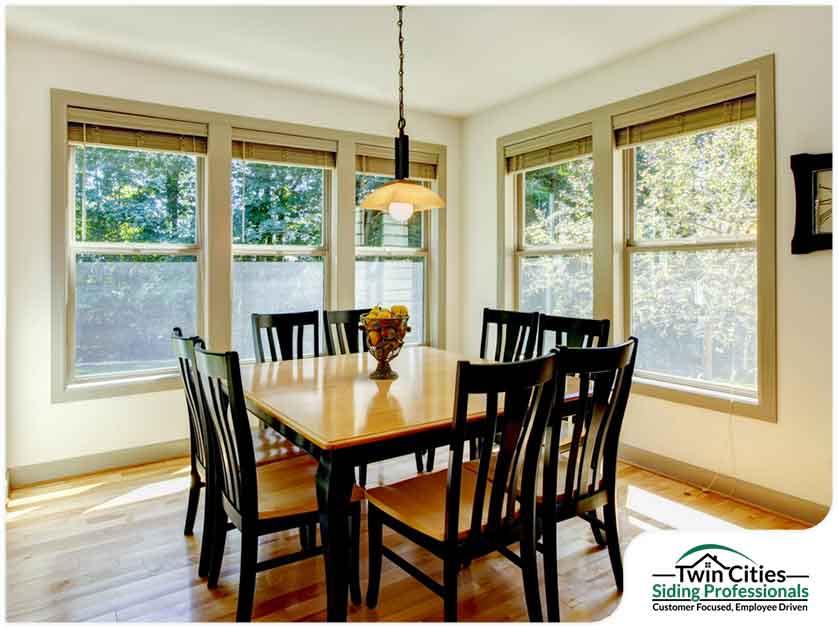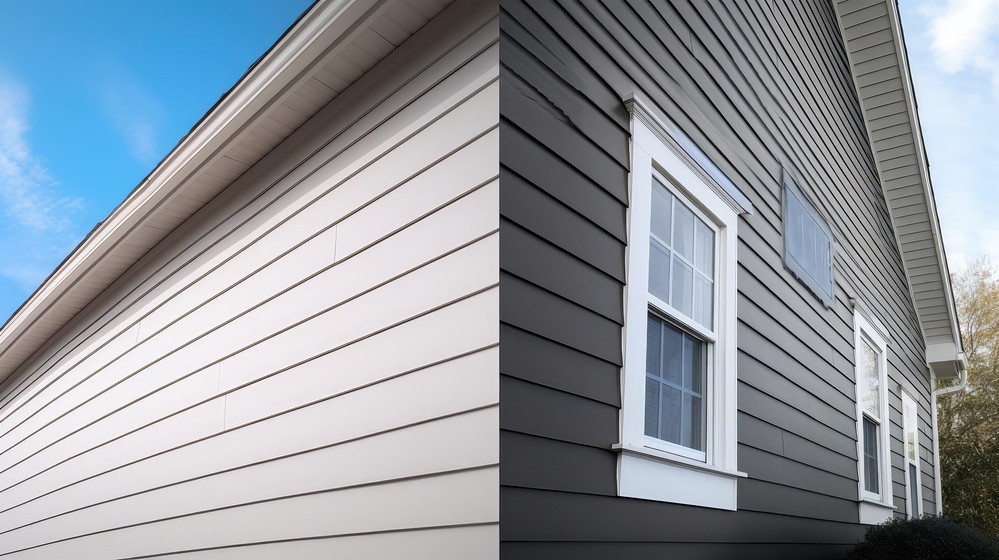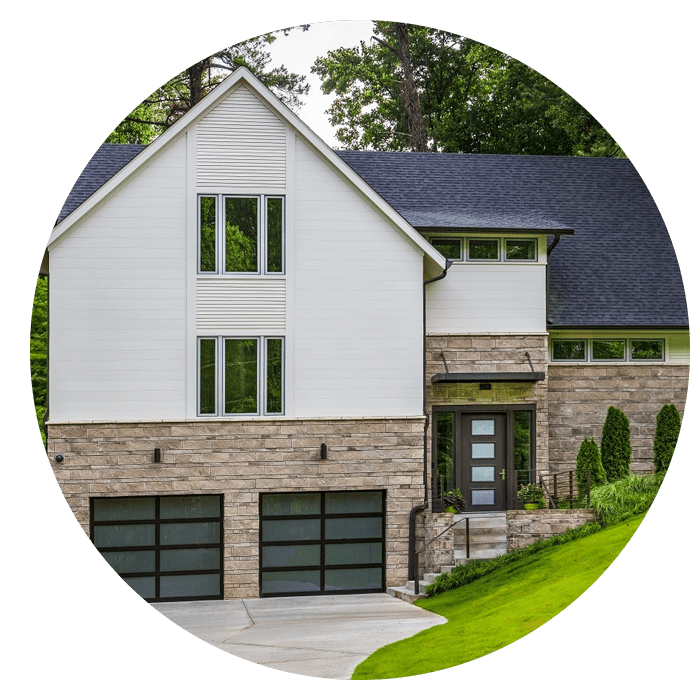When it comes to homeownership in Minnesota, underestimating the weather can cost you—literally. Each season brings its own set of hazards that can strain your roof, siding, foundation, and windows. Yet many homeowners don’t fully grasp how much damage can build up over time—or how to protect their homes before the next storm hits.
This isn’t just about care or maintenance. It’s about preparing for the real risks that come with living in Minnesota. So before you assume your home is ready, ask yourself: how well do I know Minnesota weather?
Let’s take a closer look at the weather patterns that challenge local homes and what they really mean for your property.
Key Takeaways
- Minnesota weather includes snow, heat, wind, and rain that can quietly damage roofs, siding, and other home areas.
- Damage often starts small in roofs, siding, gutters, or windows, but grows quickly without early repairs and inspections.
- Home insurance may not cover floods or temporary housing, and denied claims can leave families paying large repair bills.
- Seasonal upgrades and regular policy reviews help homeowners lower risk, prevent losses, and better prepare for extreme weather.
Heavy Snow and Ice
Winter in Minnesota brings more than picturesque views. It delivers relentless snow, ice, and extreme weather that can overwhelm even the most prepared homeowners. Accumulated snow and frequent freeze-thaw cycles lead to ice dams, a recurring winter incident that causes water to seep under roofing materials.
This infiltration often results in water damage, mildew, and insulation failure, particularly in older homes across Minneapolis and surrounding areas.
Left unchecked, ice dams can escalate into major damage requiring extensive repairs.
High Winds and Tornadoes
During the summer, especially in June, powerful winds—frequently moving in from the SSE—sweep through the state, triggering tornadoes and severe weather events. From Bloomington to Eagan, a single storm can rip through yards, hurl debris, and topple trees onto homes. These storms can cause extensive loss, both structurally and financially.
One stray shower might seem harmless, but when part of a broader system, it may signal an oncoming round of thunderstorms, high winds, and long-lasting consequences.
Freezing Rain and Ice Storms
Freezing rain poses a subtle yet serious threat, particularly in live power grids and exposed roof systems. A coat of ice can bring down tree limbs, freeze over walkways, and compromise shingles and gutters. For homeowners in places like Lake Elmo, ice storms build up and cause roof damage that may not surface until the ground thaws.
This makes early detection strategies essential to mitigate risks.
Spring Flooding and Ground Saturation
Every year, the transition from winter to spring brings heavy rains, melting snow, and rising flooding risk. In Minneapolis, where hardscapes dominate many neighborhoods, rapid runoff during warm spells or a multi-day rain event can lead to water intrusion in basements and around the foundation.
For those without flood insurance, this type of weather damage is often not covered under standard insurance plans. Flooded basements may require not only structural repairs, but also the replacement of contaminated insulation and compromised windows and walls.
Extreme Summer Heat and Sudden Showers
Summer isn’t free from its own set of problems. Long periods of sun can dry out siding and crack caulking, while unexpected stray showers can expose weaknesses in exterior seals.
Heatwaves also cause expansion and contraction in roofing and siding materials, stressing shingles and leaving gaps for moisture. In many parts of Central Minnesota, especially areas that saw recent shifts in climate behavior, these small stressors can lead to big issues over time.
We’ve seen homeowners caught off guard as their roofing materials fail after just a few years, especially when a storm rolls through after a dry spell.
How Your Minnesota Home Might Be at Risk
Minnesota’s unpredictable weather puts your home to the test in more ways than one. Here are the most common vulnerabilities we see—and why addressing them early can make all the difference:
Roof Integrity
Minnesota homes must withstand everything from deep snow drifts to July windstorms. The roof is your first line of defense—and also your most vulnerable.
Shingles often suffer damage that’s hard to see from the ground, especially after high winds. Curling, missing, or granule-shedding shingles can allow moisture to enter and seep into your attic insulation.
One incident can spiral into mold growth, energy inefficiencies, and structural decay. Spotting issues early can save you money in the long run.
Siding Wear and Tear
When climate change accelerates weather volatility, siding becomes more than aesthetic. It’s a protective barrier. As temperatures shift, vinyl siding can crack, warp, or pull away from the structure. Homes exposed to multiple freeze-thaw cycles throughout the state benefit from more resilient products like fiber cement.
It offers enhanced protection with limited maintenance, helping businesses and homeowners alike reduce future costs.
Window and Door Leaks
Inferior window seals aren’t just inefficient—they’re risky.
In Minneapolis, rain blowing sideways during a storm or thunderstorm can penetrate old seals and rot the framing. Condensation buildup can result in hidden mold and mildew, especially around wood windows in shaded yards.
At Twin Cities Siding and Roofing, we recommend Marvin siding windows to address these problems proactively, protecting your interior from moisture and reducing heat transfer.
Foundation Cracks
Whether you live in a historic St. Paul home or a newer build in Woodbury, shifting soil and pooling water can crack your foundation. Left unchecked, these cracks allow water to seep in, threatening finished basements and stored belongings.
Over time, this results in mold, pest issues, and even structural instability.
Regular review of your foundation after rain or thaw cycles can help you invest wisely in preventive measures rather than emergency remediation.
Gutter and Downspout Failures
Minnesota’s volatile precipitation patterns can overwhelm older gutter systems.
During heavy rains or a weeklong storm, clogged or undersized downspouts can back up, pushing water down the exterior line of your home. This causes rot along soffits and fascia and drives water toward the foundation.
We often find that simply upgrading your gutters is a cost-effective way to protect the rest of your home and avoid major structural issues.
How to Mitigate Risks with Smart Upgrades
The best time to address vulnerabilities is before the next storm hits. A proactive approach—paired with high-performance products—can drastically reduce your risk exposure.
- Replace brittle or outdated shingles with high-impact, wind-resistant options from GAF.
- Upgrade to James Hardie siding for unmatched durability across Minnesota’s unique seasons.
- Invest in Marvin windows to reduce infiltration and increase energy efficiency.
- Improve attic ventilation to curb ice buildup and prevent ice dams from forming.
- Redirect runoff from yards using downspout extensions and proper grading.
- Review your homeowners insurance annually to understand what’s not covered—like temporary housing—so you’re not left paying out of pocket after a storm.
- Ensure your insurance claims aren’t denied when you need them most.
These changes won’t just safeguard your home.
They’ll help you save on insurance costs, energy bills, and repairs for years to come.
Don’t Wait for the Next Minnesota Storm to Strike
If you’re asking yourself, “How well do I know Minnesota weather?”—consider this your reality check. It’s not a matter of if, but when the next storm, wind event, or freeze will test your exterior. Our crews understand what Minnesota homes endure throughout the year—and we build to withstand it.
Whether you’re concerned about aging shingles, suspect cracks in your foundation, or want to protect your investment with better materials, we’re here to help.
Call our number (651) 571-9557 or schedule your free estimate today.
Frequently Asked Questions
How does climate change affect long-term home maintenance in Minnesota?
Climate change increases the number of freeze-thaw cycles and rain events, making maintaining durable siding, roofing, and windows more important for long-term protection and energy performance.
What should I do if I face repeated ice dams every winter?
We recommend scheduling an attic inspection to learn if poor ventilation or insulation is the cause. Our team installs proven solutions to prevent ice dams from forming above your head.
Is flood insurance necessary if I don’t live near water?
Severe weather and ground saturation now impact inland properties. Use more than your browser’s flood zone map and consider flood insurance to protect your foundation and finished basement.
Can I schedule a roof inspection on Monday after severe weather?
Yes. After major weather events, we offer fast inspections to document damage. Contact us Monday morning, and we’ll help you face your insurance claim with detailed repair recommendations.




